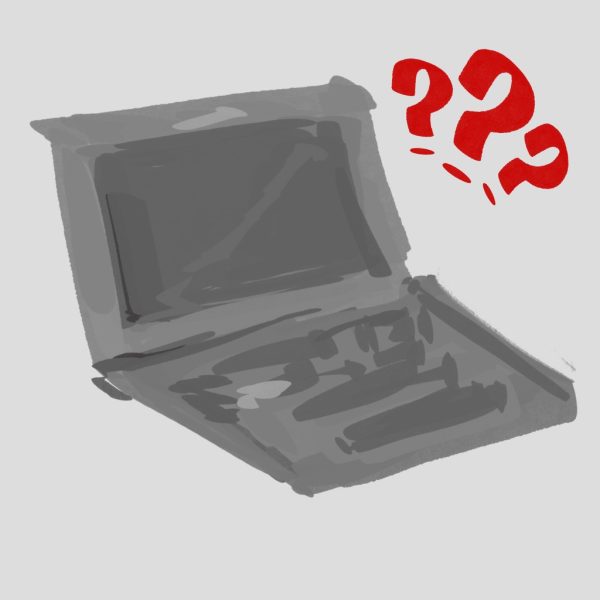Thrifting Can Save the Earth
Thrifting may sound like a crude alternative to purchasing clothing from a retail store, but sometimes it is better not to judge a book by its cover. A recent and environmentally safe trend over the past few months has been to thrift clothes. Thrifting, or buying second-hand/gently used clothing items, is actually a great way to accessorize your wardrobe in an inexpensive manner. Thrifting is also very safe for the environment, and the more an individual thrifts, the more he or she can help the earth.
Thrifting is much better for the environment than shopping at clothing businesses that use fast fashion. Fast fashion puts stress on the environment and leads to factory workers being overworked and sorely underpaid. By thrifting, you are buying someone else’s donated and/or gently used clothing items rather than purchasing clothing items from a company who is going to produce clothing items in a harmful way. Junior Amelia Pollicino shared, “I started thrifting when I learned about the environmental benefits it has while also costing much less than the average retail store.” Fast fashion businesses may produce aesthetically pleasing clothing, but in the process, each business severely harms the environment. Shopping at thrift stores has become a recent trend that started during quarantine and spread throughout all social media platforms, especially to younger generations. Not only is thrifting safe, it is also cheap and provides clothing items that can help accessorize your wardrobe. Junior Sophia Napolitano said, “Since I don’t thrift very often, I would say that about 15% of my closet is thrifted as compared to the rest of my closet, which is mostly from the mall. I hope to buy more things thrifted just because it is better for the environment for less of a price!” By going thrift shopping, people get more bang for their buck.
But why is it a bad idea to purchase clothes from big-name companies? Many big-name companies mass produce their clothing, using a process called fast fashion. Fast fashion is the rapid production of clothing items by mass-market retailers in response to new clothing trends. Although this method of purchasing clothes may sound very inexpensive and convenient, it is very harmful to the environment. Each business wastes nonrenewable materials such as coal and oil, wastes excessive amounts of water and energy, and emits harmful gases by producing fast fashion items. Not only does each business use excessive, nonrenewable materials, but fast fashion businesses also emit heavy amounts of carbon into the air while mass producing clothing items; this process heavily pollutes the air, disturbing the air quality for all lifeforms nearby. When greenhouse gases are emitted into the air, the ozone layer is harmed and earth’s temperature increases; these damages are very hard to reverse. Non-organic cotton and polyester, two materials used very often in fast fashion production, are not eco-friendly and can even be dangerous to our bodies. Fast fashion businesses also use child labor and pay their workers poorly. Many employees in the fast fashion business do not make enough money to live comfortably.
There are numerous reasons why thrifting is a better alternative to buying clothes/accessories from large companies who use fast fashion. Senior Tori Donovan commented, “When I first started thrifting, I had no idea about the environmental effects of fast fashion, I only did it because it was inexpensive. Now, I thrift because it is way better for the environment.” If each person slowly transitions to thrifting, even in moderation, the earth can be saved from great dangers. Our population only gets one earth and one chance to keep it healthy and safe.






















